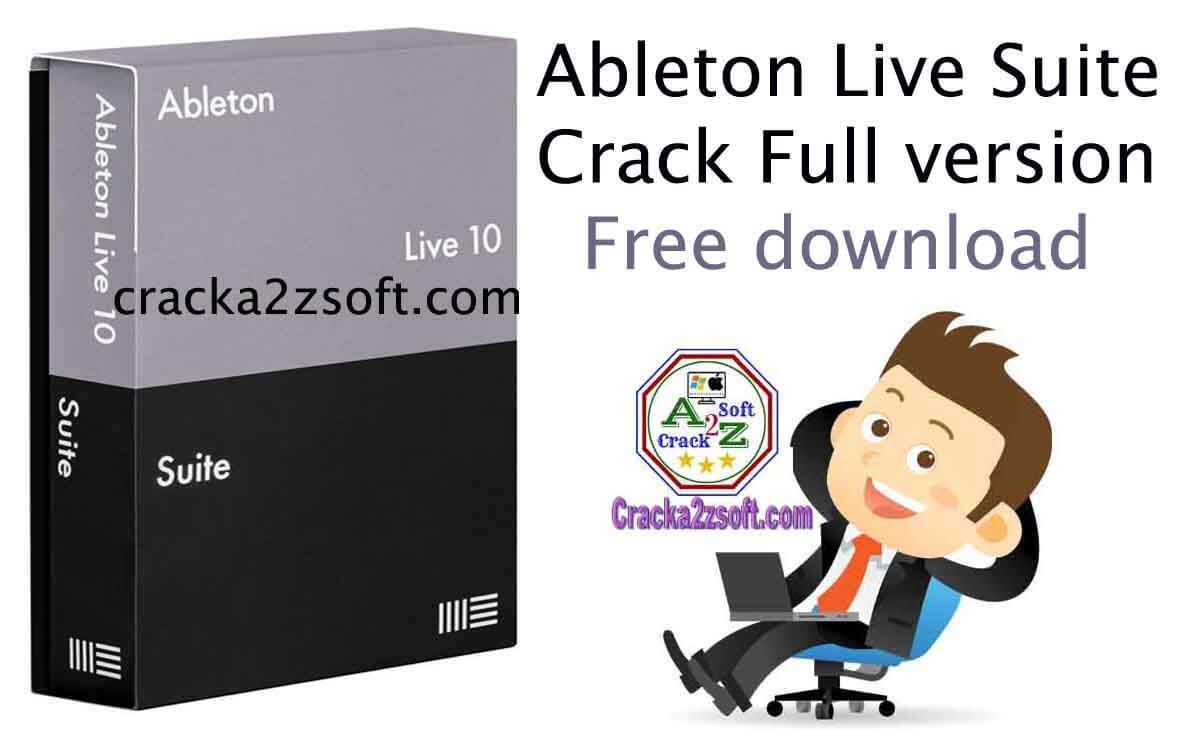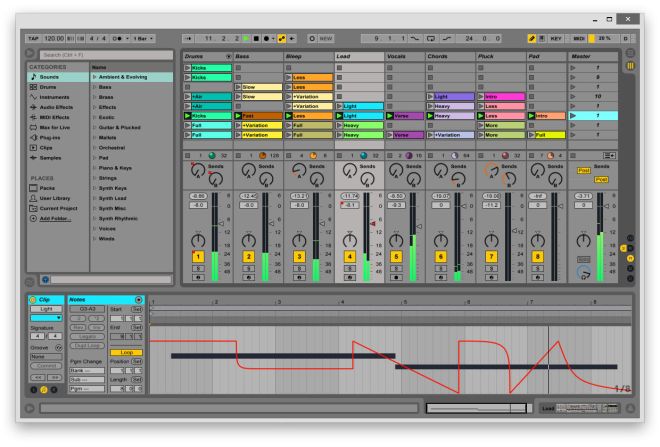My freedom thus consists in my moving about within the narrow frame that I have assigned to myself for each one of my undertakings. I shall go even further: my freedom will be so much the greater and more meaningful the more narrowly I limit my field of action and the more I surround myself with obstacles. Whatever diminishes constraint diminishes strength. The more constraints one imposes, the more one frees oneself of the claims that shackle the spirit.
— Igor Stravinsky, Poetics of Music
Problem:
Music production with a computer offers a limitless field of possibilities. Any sound can be made, manipulated, re-recorded, re-manipulated, etc. But while an infinite range of options might sound appealing, it also means that decision making is hard. Margulies also wrote a book, Live 9 Power, that's supposed to be good but I haven't read it. Synth/creative stuff: Welsh's Synthesizer Cookbook. The Dance Music Manual by Rick Snoman. Any music theory book. The manual to your favorite synth or effect (just pick one you like and dive in deep) Production: The Mixing Engineer's handbook by Bobby.
Music production with a computer offers a limitless field of possibilities. Any sound can be made, manipulated, re-recorded, re-manipulated, etc. But while an infinite range of options might sound appealing, it also means that decision making is hard. The more options you see, the more you need to make active choices about which ones to pursue and which ones to ignore.
Limiting the field of possibilities isn’t just about making it easier to work. It’s also about making it possible to begin at all. If every possible starting direction is equally appealing, how could you ever choose one?
Solution:
Apply arbitrary constraints before starting to work. Create a “narrow frame” of possibilities, and then act entirely within that frame. Applying arbitrary constraints helps to limit your field of options, allowing you to move forward.
It’s important to note that these constraints really are arbitrary; you’re attempting to eliminate perfectly valid options rather than bad ones. Bad options are easy to deal with; your own musical sensibilities will reject them automatically. But valid options need special care because their validity requires you to make active choices about whether to pursue or reject them. Eliminating them arbitrarily helps you avoid decision paralysis. Also, the fact that the constraints are arbitrary means that it doesn’t really matter if you’re wrong. If you realize during the course of your work that you’ve constrained yourself too much, or in the wrong direction, you can simply choose to remove the constraint.
Here are a number of ideas for arbitrary constraints, both related to the music itself and also to working method:
Musical Constraints
- Make every sound from one sample. An extreme restriction on available sound sources forces you to really think about the character and possibilities of the sounds you choose. Can you make a kick drum sample into a lush pad? How about a hi-hat? What kinds of processing could you use for these transformations?
- Completely avoid an instrument that would be expected in the genre. For example, the untitled Peter Gabriel album commonly called Melt has no cymbals. Prince’s classic song “When Doves Cry” has no bass line. These kinds of restrictions force your decision making process into new directions. If an entire functional role is missing, how do you fill the gap? In the case of Melt, Gabriel had to find ways to propel time forward without relying on mainstays like hi-hats or ride cymbals. His solution was a range of unconventional percussion instruments. In the case of “When Doves Cry,” Prince chooses to leave the sonic space unfilled. Consider both options in your own work.
Constraints on Time


- Give yourself a deadline. Nothing motivates like a due date. Since work always expands to fill the available time, it’s necessary to actually put a limit on that time. If you find self-imposed deadlines to be too “soft,” try having someone else assign the deadline for you, with the requirement that you show them the work at the end to ensure accountability. Or engage in a collective challenge, such as February Album Writing Month.
- Schedule tasks as if they were appointments with yourself. Try using a calendar to restrict specific types of work to specific times. For example:
- Sound design: 7-8pm
- Form/song structure: 8-9pm
- Mixing: 9-10pm
Constraints on Space
- Change your venue. If you’re used to making music in a particular place, try moving to a different one. Simply moving from your bedroom studio to the local coffee shop forces your hand in a number of ways. First of all, you’re limited by what you can take with you—no racks of external hardware, for example. Secondly, you’re in an environment that is at least somewhat unfamiliar, so you’re unable to fully relax (and thus become distracted). Many musicians avoid having a home studio altogether, instead choosing to rent studio space so that they can separate their working mindset from their living mindset.
Although you may not realize it at first, you’re most likely already applying certain constraints to your work. For example, simply making the choice to work within a specific genre already eliminates a huge range of musical possibilities. To say that you’re working on a “house track” as opposed to a “Balkan folktronica track” implies that you understand certain general characteristics (the instrumentation, rhythms, and harmonic language that identify a given piece of music as being “in” a particular genre) that describe one music as opposed to another.

Problem:
Creative musicians find inspiration in other music. While we seek to make music that is uniquely our own, every other piece of music we hear is automatically processed and becomes an unconscious part of our musical vocabulary. Taking too much is theft. Taking too little fails to acknowledge our influences.
For musicians who aim to find and develop a unique voice, there will always be an internal conflict to resolve when hearing music that is inspiring. To truly be original, is it necessary to ignore all external influence? How much can you “take” from other music before what you’ve made no longer feels like it’s yours? What and where is the boundary between homage/inspiration and plagiarism/copying?
Unfortunately, these aren’t questions with “right” answers. Objective legal issues aside, each artist needs to determine their own level of comfort when borrowing from other sources. But there are some strategies that let you infuse your own work with the “essence” of your inspiration, while simultaneously forcing you to make something new. One of these is to write a catalog of attributes.
Ableton Music Download
Solution:
Listen carefully—and many times—to the piece that inspires you (the “source”). Study it, element by element and layer by layer, until you can write down a catalog of its attributes. Once the catalog feels complete, set aside the original source, instead referring only to the catalog as a template for your own new work (the “target”).
Consider the attributes of sound, harmony, melody, rhythm, and form. Write something concrete about what you hear for each attribute. If you re comfortable with notation, feel free to use it in your catalog, but sparingly; the goal is to capture only the framework or scaffolding of the source, including the aspects that make it inspiring, but without simply recreating it. You should end up with a description, not a transcription.
The catalog’s level of detail may vary depending on a variety of factors: your own ability to translate what you hear into words, the depth and complexity of the source, the amount of time you choose to spend, etc. What is important is not the actual level of specificity, but only that it gives you enough to use as a template without having to refer to the original again during your own creation process.
A basic catalog of attributes might look like this:
- 122 bpm
- Sound elements: drums, (808, four-on-the-floor, lots of filter motion on closed hats), bass line (FM-ish?), electric piano (distorted but dry), female vocals (breathy verses, full-voice choruses), lead synth (big supersaw, but only after the second chorus).
- Harmony: mostly D minor alternating with A major until breakdown. Breakdown section is in D major (sort of?). After breakdown, rest of track is in E minor alternating with B major.
- Melody: not much. Lots of D, with occasional jumps up to A and down to B♭.
- Rhythm: four-on-the-floor drums (basic house beat). Bass line is mostly offbeat eighth notes (trance influence?). Cool metallic hit on the “and” of beat 2 every four bars.
- Form: additive layering; drums start, then each element enters one by one. At breakdown, everything drops out except hi-hats and bass line, then rebuilds additively. Form is all 16- and 32-bar sections. (Verse 16, Verse 16, Chorus 16, Breakdown 32, Chorus 16, Chorus 16)
Making Music Ableton Book Downloads
This catalog of attributes could describe an endless number of new works. In fact, you can probably hear music that fits these attributes in your head already. It is complete enough to serve as a template but not so descriptive as to allow for a recreation of any particular piece of existing music; if two musicians read the catalog, there would be almost no possibility that they would use it to write the same thing. Now try to put yourself in the mindset of one of those musicians; using only the catalog as a recipe, make something new.